Structural Mechanics Blog Posts
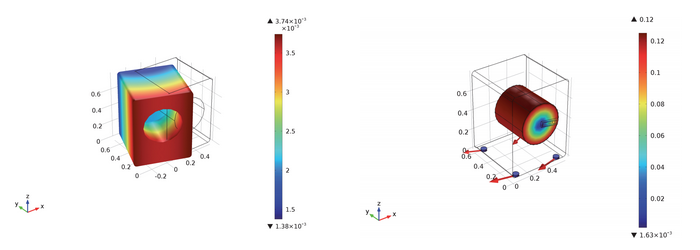
Instability in Portable Washing Machines
A varied distribution of clothing can cause walking instability in both traditional and portable washing machines. Multibody dynamics analysis can be used to avoid this effect in machine designs.
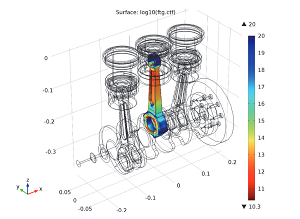
Improving the Operational Lifetime of a Reciprocating Engine
Many of today’s motor vehicles rely on reciprocating piston engines as their source of power. Multibody dynamics analysis can be used to analyze the operation and performance of these engines.
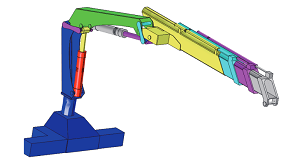
The Motions and Mechanics of a Truck-Mounted Crane
The Truck Mounted Crane tutorial model analyzes the forces on the cylinders and hinges of a crane during an operating cycle, combining multibody dynamics and structural analyses.
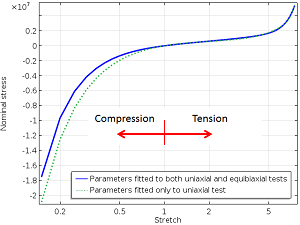
Obtaining Material Data for Structural Mechanics from Measurements
Linear elastic, hyperelastic, nonlinear elastic, plasticity, creep, concrete: COMSOL Multiphysics® contains a number of built-in material models for structural analyses. Get an intro >>
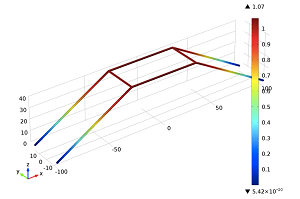
Evaluating the Instability of a Space Arc Frame
Picture the Louvre Pyramid in France: This is a real-world example of a space arc frame. Simulation can be used to evaluate instability in this type of structure.
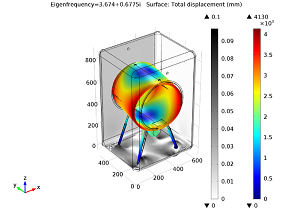
Simulating Vibration and Noise in a Washing Machine
When designing a washing machine, you must account for a nonuniform distribution of clothing during operation. Simulation can be used to analyze vibration and noise in this household device.
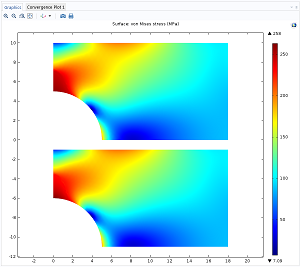
Introducing Nonlinear Elastic Materials
Examples of nonlinear elastic material models: Ramberg-Osgood, Duncan-Chang, Hardin-Drnevich, Power law, and more. We discuss how to apply nonlinear elastic materials in your analyses.
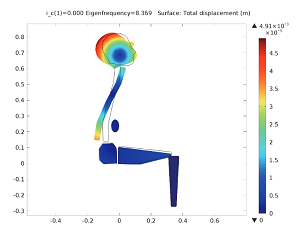
Biomechanical Model Evaluates Human Response to Vibrations
Take a look at a biomechanical model of the human body in a sitting posture, which can be used to analyze how vibrations (like those from a moving vehicle) affect different parts of the body.
